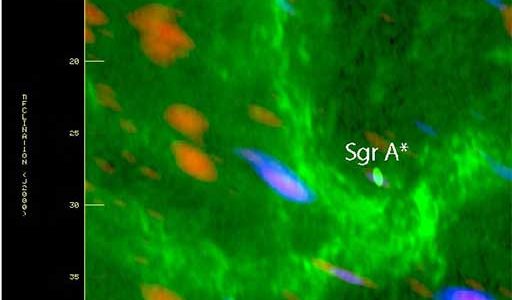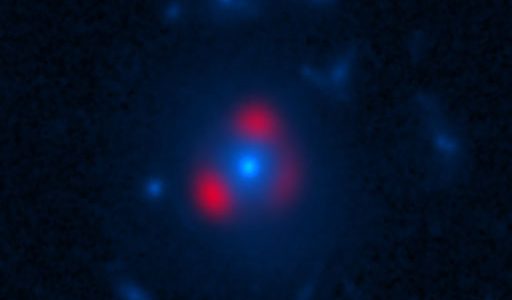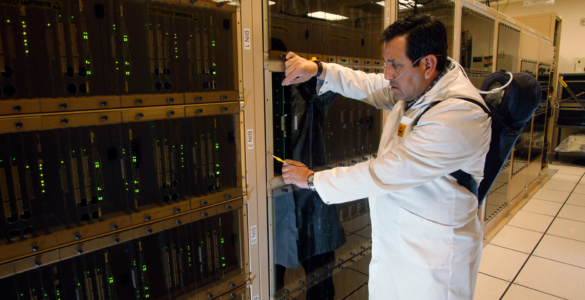Latest NRAO News
News is managed by NRAO News & Public Information. Questions about News? Have a story to share? Want to interview a scientist or create new media about our telescopes?

Based on a treasure trove of recent discoveries, astronomers now know that planets are remarkably plentiful in our galaxy and may be common throughout the Universe.

Astronomers using the Atacama Large Millimeter/submillimeter Array have discovered signs of star formation perilously close to the supermassive black hole at the center of the Milky Way Galaxy.

Astronomers using the Atacama Large Millimeter/submillimeter Array telescope have discovered starburst galaxies earlier in the Universe’s history than they were previously thought to have existed.

ALMA, the Atacama Large Millimeter/submillimeter Array, was officially inaugurated today in a ceremony that brought together representatives from the international astronomical community.

Astronomers have used the ALMA telescope to get their first glimpse of a fascinating stage of star formation in which planets forming around a young star are helping the star itself continue to grow, resolving a longstanding mystery.

One of the most powerful calculating machines known to the civilian world has been installed and tested in a remote, high-altitude site in the Andes Mountains of northern Chile, marking one of the major remaining milestones toward completion of the most elaborate ground-based telescope in history, the Atacama Large Millimeter/submillimeter Array.

Astronomers using the Atacama Large Millimeter/submillimeter Array have for the first time found that the outer region of a dusty disk encircling a brown dwarf contains millimeter-sized solid grains like those found in denser disks around newborn stars.

After an odyssey of design and construction stretching across more than a decade, North America has delivered the last of the 25, 12-meter-diameter dish antennas that comprise its share of antennas for the international ALMA telescope.

Combining the cutting-edge capabilities of the ALMA telescope with newly-developed laboratory techniques, scientists are opening a completely new era for deciphering the chemistry of the Universe.

A new observatory still under construction has given astronomers a major breakthrough in understanding a nearby planetary system that can provide valuable clues about how such systems form and evolve.





